Exploring Algorithms: The Foundation of the Digital World
In today’s digital landscape, algorithms are ubiquitous—from movie suggestions on Netflix to search engine results on Google. These algorithms are essential for solving a myriad of problems in technology. But what exactly is an algorithm, and what role does it play? Let’s embark on an exploration of this fundamental concept!
What Is an Algorithm?
An algorithm is essentially a set of specific step-by-step instructions designed to achieve a particular goal, similar to a cooking recipe or instructions for assembling furniture. There can be multiple ways to arrive at the same outcome, but selecting the most suitable and effective algorithm is crucial.
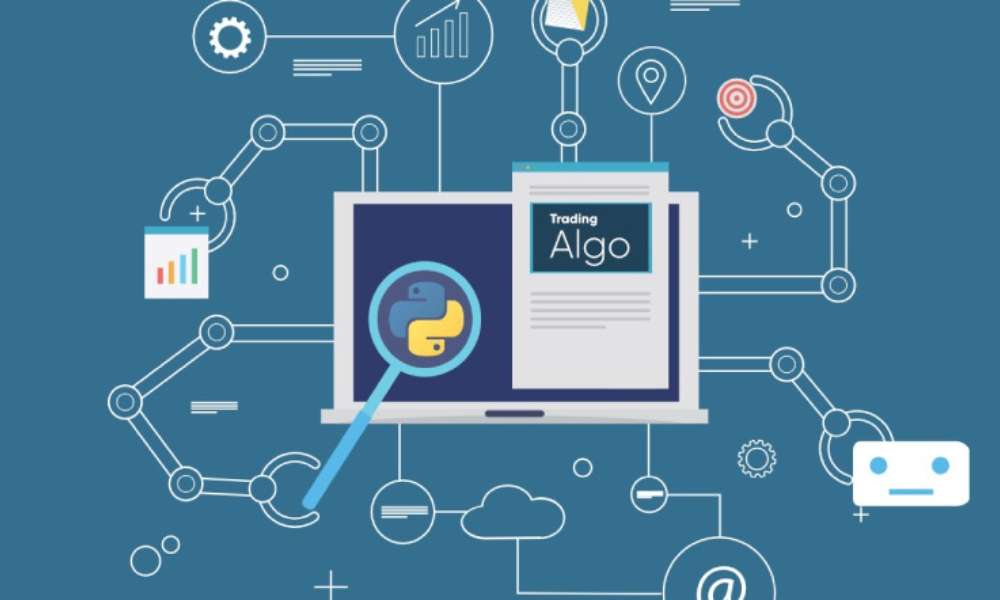
What Is a Computer Algorithm?
Every day, we interact with computer algorithms without even realizing it. Whether you’re searching for information on Google, watching videos on YouTube, or scrolling through Facebook, algorithms are at work.
In essence, a computer algorithm functions like a formula with clear instructions that enable a computer to process information and perform specific tasks—from simple calculations and data sorting to complex operations like facial recognition and language translation.

Are Algorithms Related to Data Structures?
The answer is yes. If an algorithm is analogous to a detailed blueprint for a house, data structures are the building materials—like bricks and concrete. A solid design requires good materials; similarly, algorithms need appropriate data structures to organize and manage information effectively. This combination allows computer programs to operate smoothly and handle data efficiently.

Why Are Algorithms Necessary?
Have you ever wondered why Google Maps can find the fastest route or why Google searches yield remarkably accurate information? The answer lies in algorithms! They optimize search processes, acting like a savvy guide to help you find the best routes, avoid traffic, and save time.
Moreover, algorithms play a vital role in information security. Through complex encryption techniques, algorithms protect your personal data from cyber intrusions. They are pivotal to the development of modern technology, making our lives easier and safer.

Characteristics of Algorithms
Here are some key characteristics of algorithms:
Determinacy
An important factor in algorithms is determinacy, meaning that each step must be clear and unambiguous, ensuring execution can be straightforward.
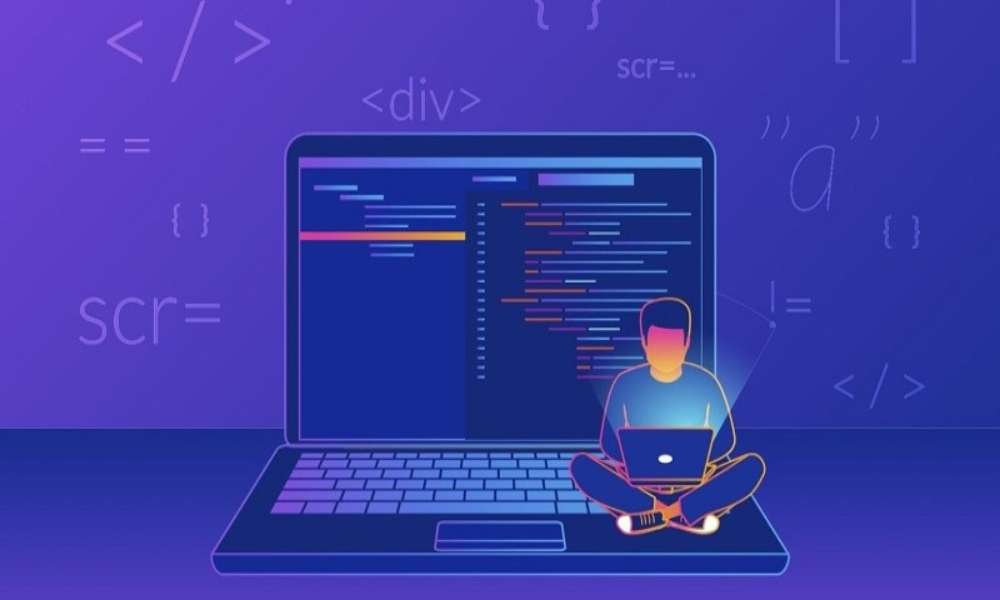
Finiteness
Algorithms must terminate after a certain number of steps, giving a definitive result. If an algorithm never stops running, it fails to solve the problem.
Correctness
The ultimate goal of an algorithm is to produce accurate outcomes for given problems. Achieving this requires meticulous research and testing, often needing various approaches to find the right solution.
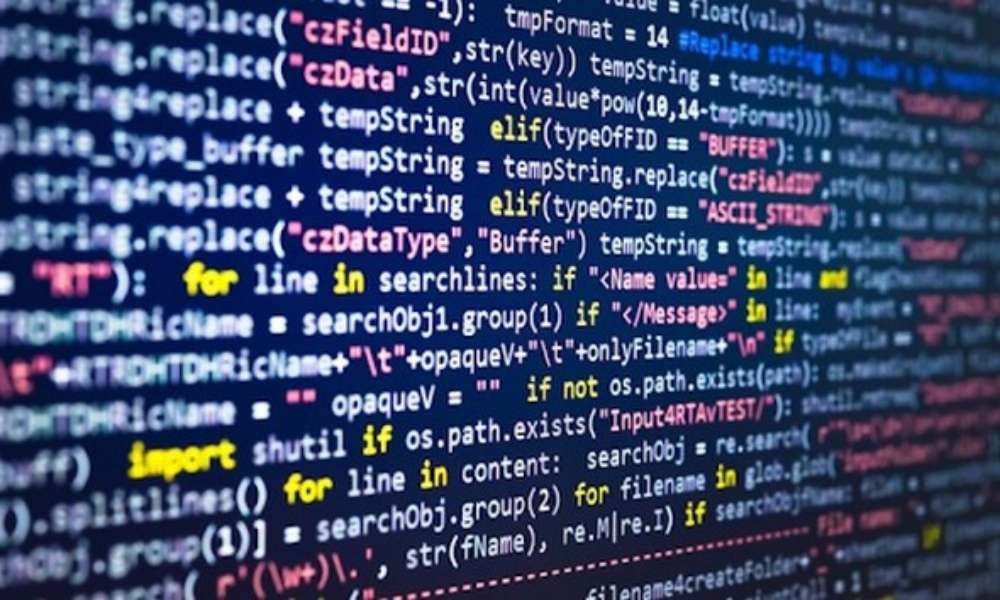
Efficiency
An effective algorithm not only provides the correct answer but does so quickly while using minimal resources. Like opting for the shortest and least expensive route from one point to another, efficient algorithms optimize processing time, memory usage, and complexity.
Generality
Algorithms should be designed to tackle similar problems, with some applicable only to specific situations. The key is for the algorithm to align with the intended use effectively.

Criteria for Evaluating Algorithm Efficiency
Just as you consider various factors when purchasing an item—like price, quality, and design—there are also specific criteria for evaluating algorithms. A good algorithm should be clear, easy to understand, and implement, akin to a simple cooking recipe.
Additionally, efficiency is critical. The algorithm must process information quickly, similar to a high-speed car that also utilizes space effectively, akin to a smartly designed home.

Learning Algorithms: Where to Start?
Understanding the essence of algorithms is the first step toward mastering them. You should:
- Master a programming language: A programming language is your primary tool for scripting algorithms.
- Build mathematical thinking: Mathematics and algorithms are closely intertwined, aiding in logical thinking and problem-solving skills.
- Explore data structures: Familiarizing yourself with data structures will optimize your algorithms, allowing for efficient data management.
- Practice problem-solving: There are countless methods to tackle problems, leading to different algorithms. The right approach simplifies development and enhances effectiveness.
Additionally, practice makes perfect. Engage in coding, tackle problems, and experiment with new ideas to reinforce your knowledge.
The internet is a treasure trove of resources for learning about algorithms. Make the most of academic websites, programming forums, and open-source repositories to expand your knowledge!
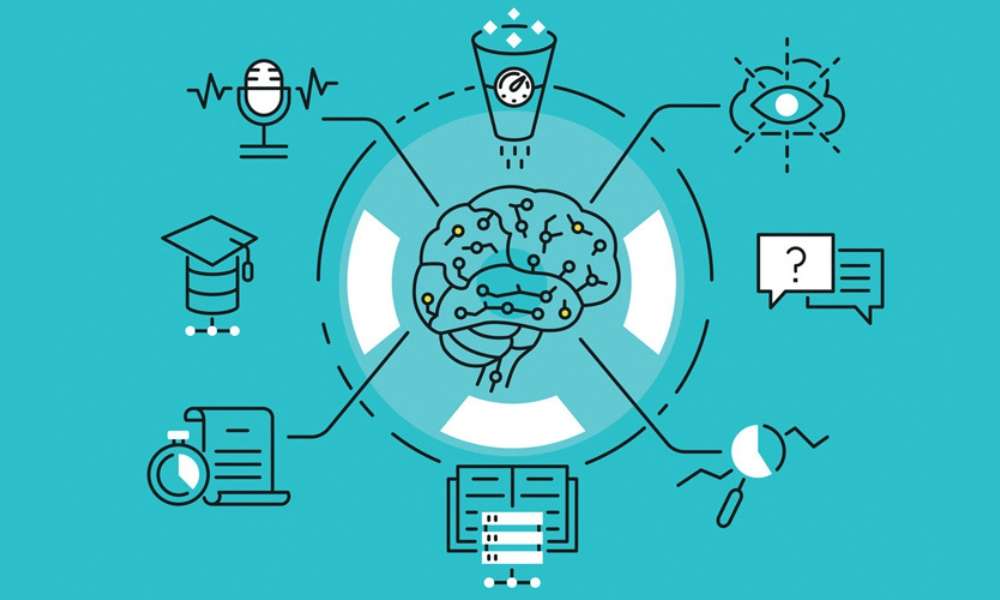
How to Write an Algorithm?
Start by identifying your destination (the problem to solve) and outlining your route (the steps to take). Once you have a plan, reassess its feasibility and anticipate any potential obstacles.
Evaluate the trip’s effectiveness based on criteria like time, cost, and comfort. Similarly, analyze algorithm efficiency in terms of execution time and memory usage. Test your algorithm with sample data sets, check for errors, and refine as needed. Finally, apply it to solve real-world problems.

Representation Methods for Algorithms
Natural Language
Describing algorithms using everyday language is straightforward and accessible, even for those without programming expertise.
Flowcharts
Flowcharts serve as a visual blueprint for algorithms, simplifying the understanding of processes. Instead of complex code, flowcharts reveal the steps involved and their relationships.
Connecting elements in flowcharts can help maintain clarity, especially when complex algorithms require ample space for representation.
Pseudocode
Pseudocode is like a blueprint for an algorithm using simplified programming constructs blended with natural language, outlining the main steps informally before actual coding.
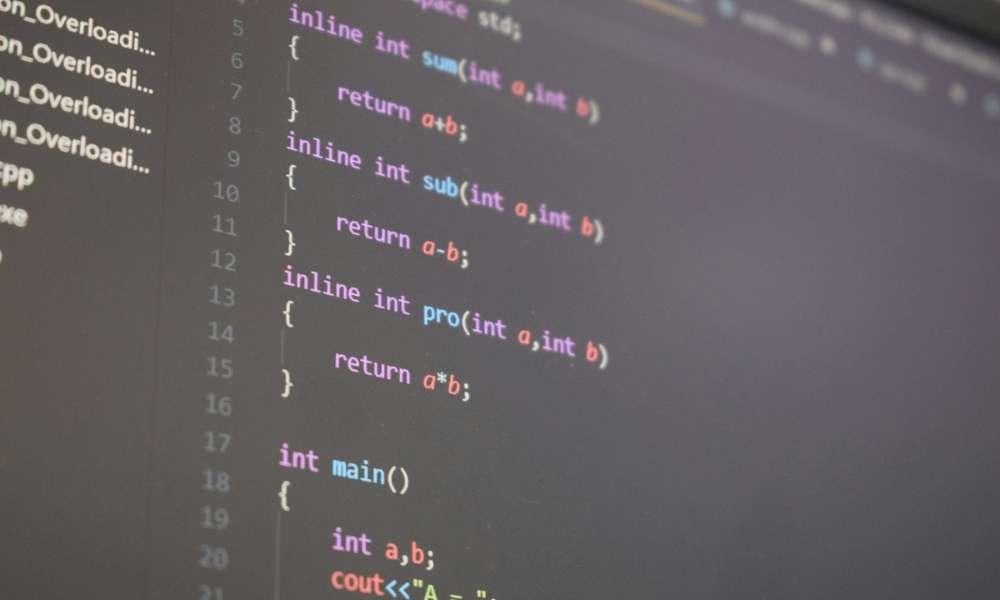
Can Programmers Succeed Without Learning Algorithms?
Many believe programmers can get by without mastering algorithms. While it’s partially true, understanding algorithms empowers programmers to solve problems more effectively and with less effort. Additionally, learning algorithms enhances logical thinking and problem-solving skills, which are essential in programming. Consequently, companies often prefer candidates with robust algorithm knowledge.

Conclusion: Key Algorithms Every Programmer Should Know
Here are some essential algorithms that every programmer should learn:
- Hashing Algorithms: Help in quick data retrieval by transforming data into concise hash codes.
- Search Algorithms: Efficiently locate information within vast datasets, utilizing various search strategies.
- Sorting Algorithms: Organize data to facilitate easier search and manipulation.
- Dynamic Programming: Breaks down complex problems into simpler sub-problems, storing intermediate results for efficiency.
- Dijkstra’s Algorithm: Finds the shortest path between points, widely used in navigation applications.
- Link Analysis Algorithms: Analyze and understand relationships between web pages.
- Modular Algorithms: Simplify calculations by confining outcomes to specific ranges.
- Parsing Algorithms: Interpret web addresses or keywords, facilitating user navigation.
- Fourier Transform: Deconstructs signals for more efficient processing in sound and image recognition.
- Huffman Coding: Compresses data by encoding frequent characters with shorter codes.
- Disjoint Set Algorithms: Efficiently categorize elements into distinct groups based on common traits.
- Integral Factor Algorithms: Expedite numerical analysis, crucial for information security.
By grasping these concepts, you will better understand the magical "formulas" behind technology’s operations. Continue exploring algorithms, and you’ll uncover an exciting world of possibilities that drive innovation.
For more insights into digital trends and algorithms, visit Snaptik4k for various technology-related articles.
Leave a Reply
You must be logged in to post a comment.